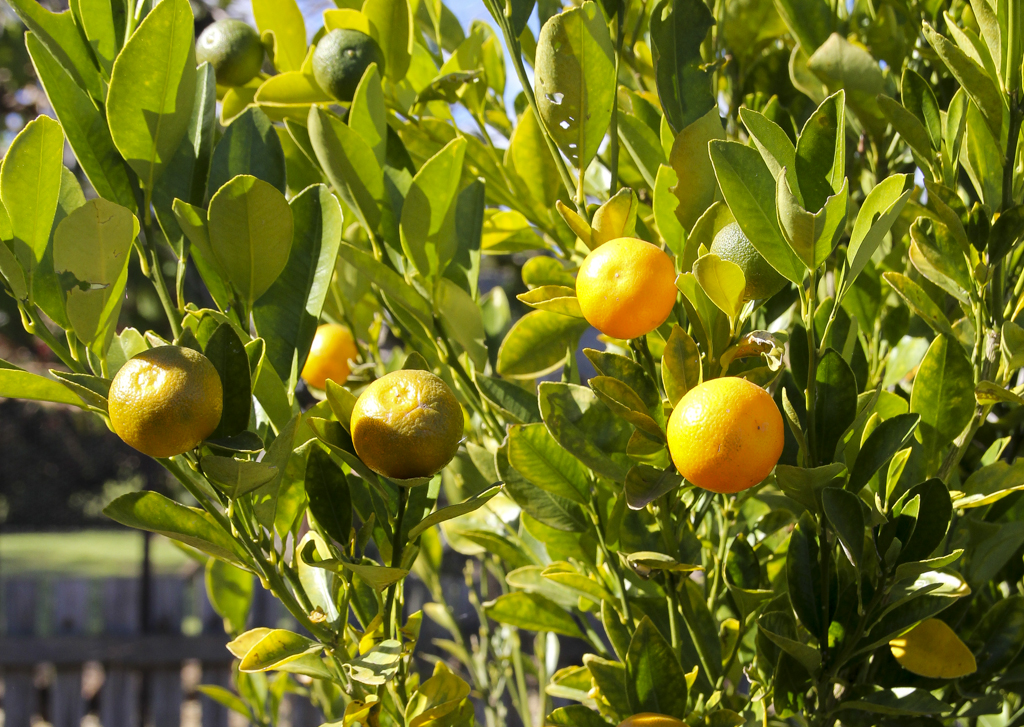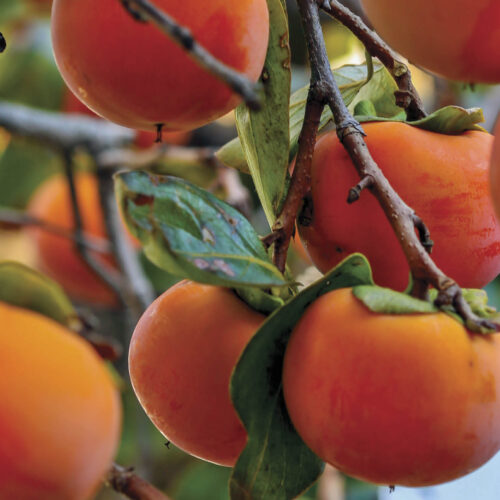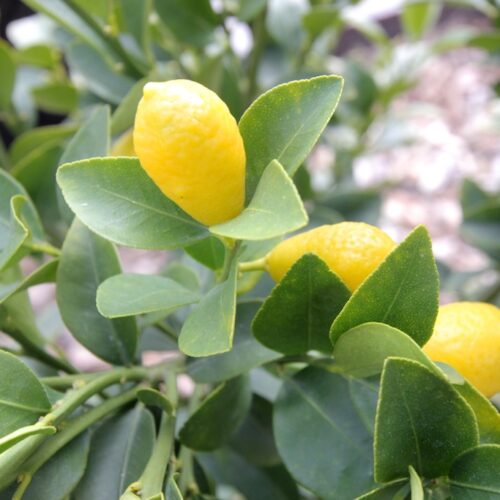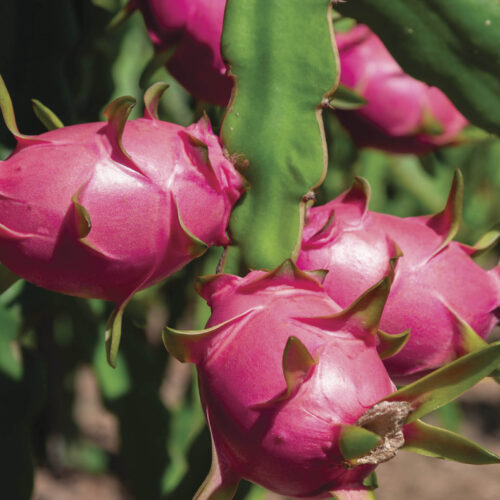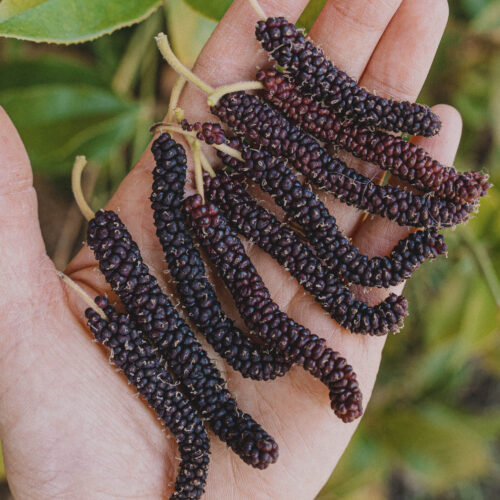Bondin’ with my calamondin
2014-03-20T06:11:21+11:00
It might be fruiting two months ahead of schedule, but JUSTIN RUSSELL extolls the virtues of his backyard calamondin tree.
The first citrus tree of winter is ready for harvest in my garden. Well actually, the first citrus tree of winter is producing ripe fruit two months early. Everything is early here because of the drought, and this prolific little tree, a calamondin, usually bears fruit in late May and early June but this year, is currently in full swing.
Calamondins are mysterious plants. Their botanical name, x Citrofortunella microcarpa gives a couple of clues to its origins. Micro means small and carpa refers to the plant’s fruit. So it’s got small fruits. The cross before the first part of the name means that the plant is a hybrid between two different genuses, in this case Citrus, and Fortunella (cumquats).
Some say, therefore, that the calamondin is a cross between a mandarin and a cumquat. others say, nope, it’s a cumquat. I say, whatever its origins, it’s a great tree. My calamondin is pretty enough to be the centrepiece of my vegie patch, but has the distinction of being a great performer. It’s very hardy to frost, doesn’t mind a bit of blistering heat, is almost never troubled by pests (unlike most citrus), and is super prolific. What more can you want in a plant?
The fruit, to some people’s disgust, is very sour. Mouth puckeringly so. But I kid you not, it makes the most amazing marmalade. Here’s how I do it.
First I cut the fruit in half, and remove the pips. These are put in a muslin bag to provide pectin, and help the jam set. The de-seeded fruit is then cut into chunks, skin and all, then thrown in a large saucepan along with enough water to barely cover. The fruit is brought to the boil and simmered for about 15 minutes until the skins soften. At this point, I stir in an equal quantity of sugar to the fruit (it helps to weigh it before adding to the saucepan), and throw in the muslin bag containing the seeds.
Bring the jam up to a rolling boil, and once it reaches setting point (there are numerous ways to test this – a jam thermometer is pretty foolproof), take the saucepan off the heat, allow the marmalade to rest for a few minutes, then pour it into sterilised jars. Bung on a sterilised lid, slap on a label, and you’ve got yourself one of the best breakfast ingredients known to humanity.

